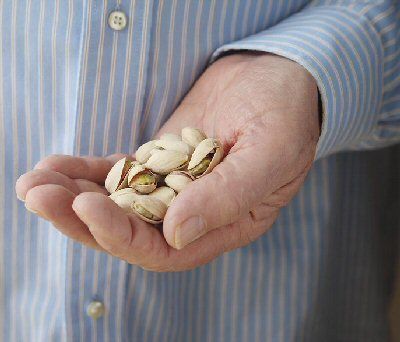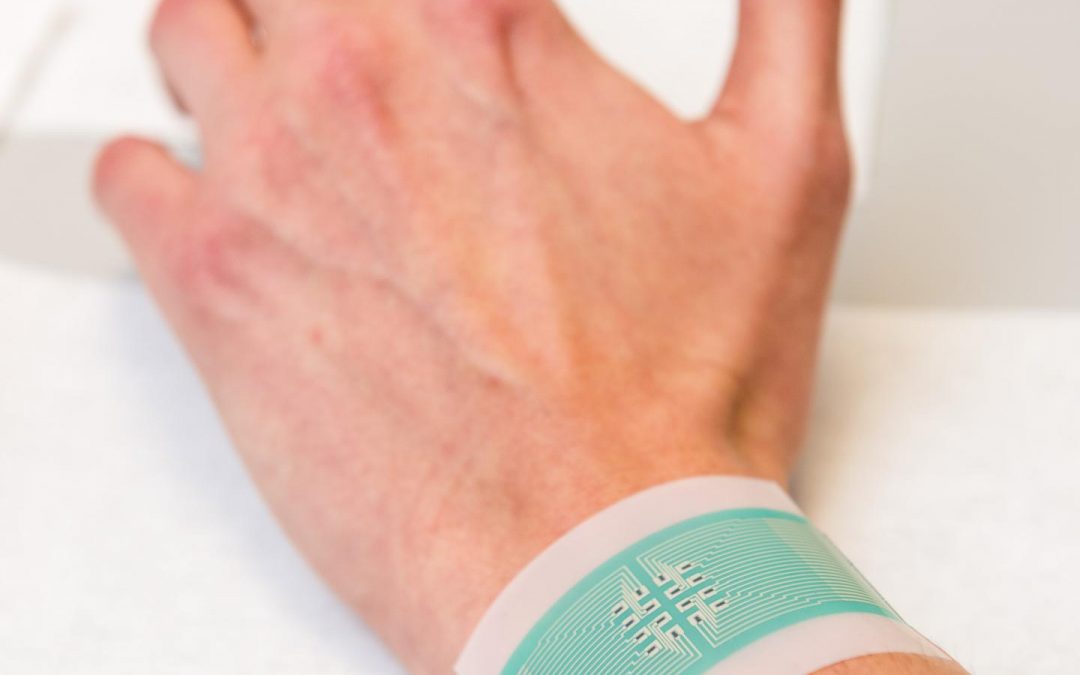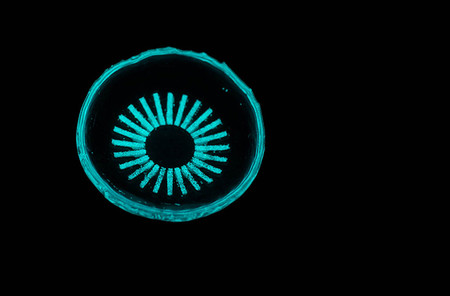
by Marian Hays | Health
I came across an interesting article about the health benefits of eating nuts. A study shows how eating a handful of nuts daily is helpful in preventing prediabetes and helps stabilize type 2 diabetics. Eating nuts as a snack instead of many typical snacks such as granola bars or yogurt.
“According to researchers from Pennsylvania State University, eating an average of 52 grams of nuts a day can reduce the likelihood of developing insulin resistance, a precursor to type 2 diabetes. It’s estimated that up to 50 percent of people with insulin resistance will develop diabetes if they don’t make lifestyle changes.
“Previous studies have suggested that eating nuts regularly is tied to better blood glucose (sugar) control and protection from type 2 diabetes. The new findings suggest that adding nuts to your daily diet can help improve insulin sensitivity.
“Nuts are high in healthy unsaturated fats, fats thought to help improve insulin sensitivity. Dietary fiber and magnesium in nuts may also play a role.
“Pistachios and walnuts are a good source of alpha linolenic acid (ALA), an omega-3 fatty acid linked to protection from type 2 diabetes.
“52 grams of nuts, the average daily intake across the 40 studies, is equivalent to 300 calories worth of almonds (43 nuts), 340 calories of walnuts (26 halves) or 290 calories of pistachios (74 kernels).
“To prevent adding excess calories to your diet, swap nuts for snacks such as granola bars, crackers, cookies and chips. Substitute nuts for granola as a topping on yogurt. Replace meat in stir-fries with nuts, which, in addition to unsaturated fat and fiber, add plant-based protein.”
Excerpts from an article by Leslie Beck, a Toronto-based private practice dietitian, Director of Food and Nutrition at Medcan. https://www.theglobeandmail.com/life/health-and-fitness/article-everything-you-need-to-know-about-eating-nuts-and-preventing-diabetes/

by Marian Hays | Health
Today’s news article Buffett Set to Lose $4B as Kraft Heinz Stock Tanks explains the Kraft Heinz dramatic valuation and stock losses. It states the losses are due in part to shifting consumer buying trends. There’s a growing awareness that we need to eat more natural foods and less processed foods. The following is part of the news article (emphasis in bold is mine):
“Kraft Heinz Co. plummeted the most on record Friday, one day after writing down the value of some of its best-known brands by $15.4 billion, an acknowledgment that changing consumer tastes have destroyed the value of some of the company’s most iconic products.
“The packaged-food giant’s charge to reduce the goodwill value of the Kraft and Oscar Mayer trademarks and other assets came with disappointing fourth-quarter earnings and … a net loss of $12.6 billion, or $10.34 a share…
“Kraft Heinz’s portfolio plays mainly in the center of the grocery store, an area hit hard by secular shifts in eating and shopping habits, and the one at greatest risk of being disrupted by Amazon.com Inc.
“As a result, Buffett reportedly stands to lose more than $4 billion in a single day because of the carnage in the stock of the Chicago packaged food giant (KHC), whose products include Heinz Tomato Ketchup, Jell-O and Kraft Macaroni & Cheese and. …competes with General Mills and Kellogg Co.”
Read Newsmax: Kraft Heinz Discloses SEC Probe, $15 Bln Write-down; Shares Dive 20 Pct | Newsmax.com

by Marian Hays | Health
I was interviewed on the Indie Beacon Radio about my books, Diabetes Diet Options, and Overcome Diabetes. You can see the interview on Marian Hays YouTube channel If you have questions, comments or would like more information, send an email to marian@cspress.io I will answer every email!
As my special thank you, download my 34-page free report at http://regaingreathealth.com/3steps

by Marian Hays | Health
Scientists have created a non-invasive, adhesive patch, which promises the measurement of glucose levels through the skin without a finger-prick blood test, potentially removing the need for millions of diabetics to frequently carry out the painful and unpopular tests.
The patch does not pierce the skin, instead, it draws glucose out from fluid between cells across hair follicles, which are individually accessed via an array of miniature sensors using a small electric current. The glucose collects in tiny reservoirs and is measured. Readings can be taken every 10 to 15 minutes over several hours.
(more…)




